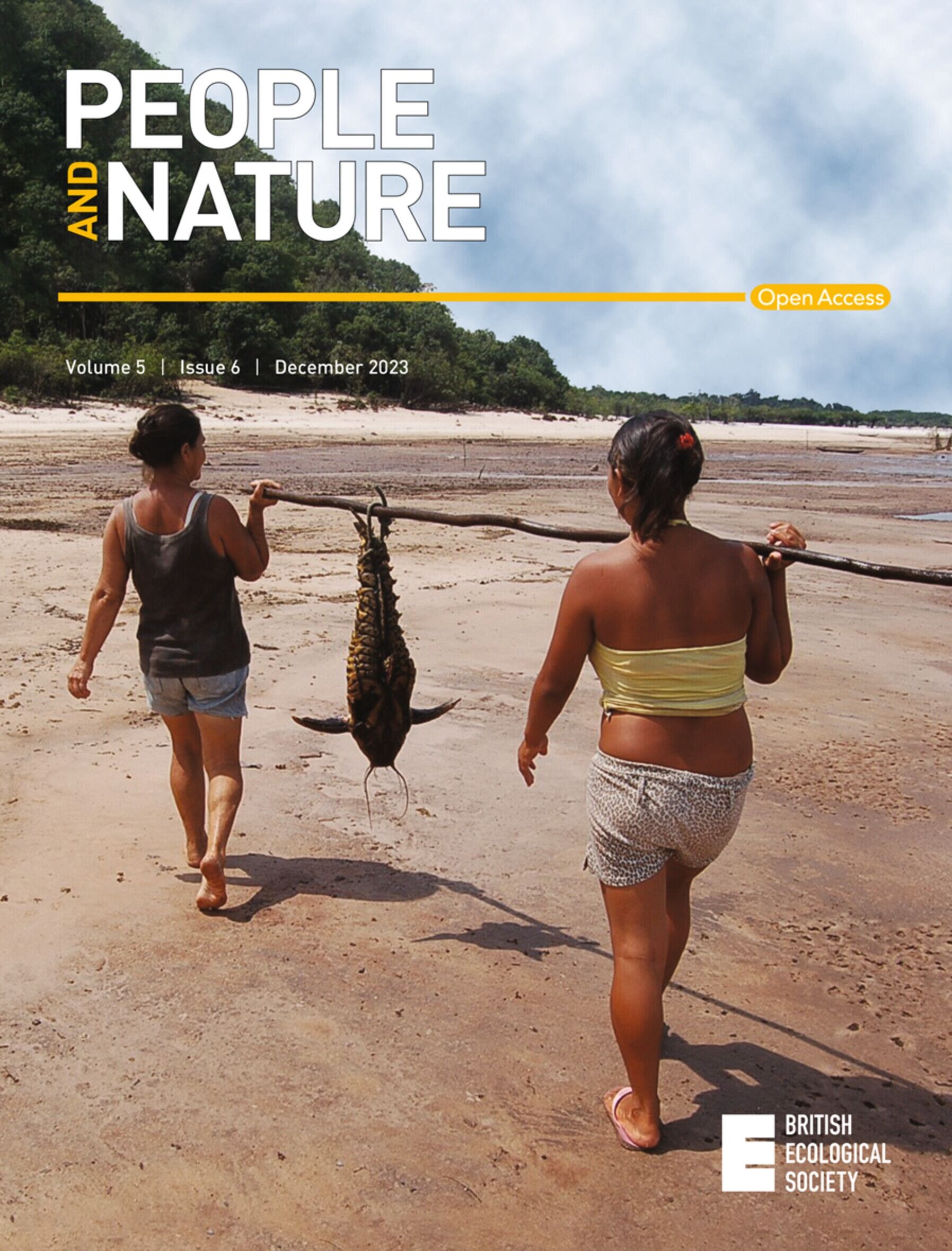Where wilderness is found: Evidence from 70,000 trip reports
IF 4.9
1区 环境科学与生态学
Q1 BIODIVERSITY CONSERVATION
引用次数: 0
Abstract
Outdoor recreation is an essential way many people engage with nature. The provision of public spaces for recreation intersects with conservation practices motivated by intertwined social and ecological values, such as strict practices associated with the concept of ‘wilderness’. Debates persist about how such concepts and management practices influence people's recreation experiences. Many US public land management agencies facilitate opportunities for outdoor recreation, relying on management frameworks and tools intended to foster specific experiential qualities. But these frameworks and tools assume simplistic relationships between settings and people's experiences, and managers rarely assess these relationships. This study uses a data set of nearly 70,000 crowdsourced trip reports from a hiking website to understand the qualities of visitors' experiences on trails. We study the geographic distribution of experiential qualities commonly associated with US wilderness areas: aesthetics, awe, challenge, pristineness, quietness, solitude and timelessness. Using analytical methods that rely on machine learning and natural language processing, we identify these experiential qualities in trip reports from hundreds of routes, and use generalized linear models to analyse relationships between the frequency of each experiential quality and the route's administrative, built, biophysical, geographic and social settings. We find that four of the seven experiential qualities (aesthetics, awe, challenge and solitude) are commonly described in trip reports, each appearing in 15%–55% of manually coded reports. The extent to which setting characteristics explained variability in experiences differed, ranging from 34% of the variability in the proportion of trip reports describing aesthetics to 55% for awe. The setting characteristics associated with each experiential quality also differed, with characteristics such as trail mileage and summit destinations having stronger influences on experiential qualities than characteristics such as wilderness designation. Synthesis and applications. Our findings suggest the need to consider more diverse variables in experience–setting relationships, develop more robust models to characterize those relationships and create new data sources to represent understudied variables. These advances would help empirically inform and improve frameworks and tools used for recreation and wilderness planning and monitoring, and potentially promote more responsive management to evolving social–ecological values. Read the free Plain Language Summary for this article on the Journal blog.发现荒野的地方来自 7 万份旅行报告的证据
户外休闲是许多人与大自然接触的重要方式。为娱乐活动提供公共空间与出于社会和生态价值相互交织的动机而采取的保护措施相互交叉,例如与 "荒野 "概念相关的严格措施。关于这些概念和管理实践如何影响人们的娱乐体验的争论一直存在。许多美国公共土地管理机构依靠旨在培养特定体验品质的管理框架和工具,为户外娱乐提供便利。但这些框架和工具假定了环境与人们体验之间的简单关系,而管理者却很少对这些关系进行评估。本研究使用了一个徒步旅行网站上近 7 万份众包旅行报告的数据集,以了解游客在小径上的体验质量。我们研究了通常与美国荒野地区相关的体验品质的地理分布:美学、敬畏、挑战、纯净、安静、孤独和永恒。我们使用依赖于机器学习和自然语言处理的分析方法,从数百条线路的旅行报告中识别出了这些体验品质,并使用广义线性模型分析了每种体验品质的频率与线路的行政、建筑、生物物理、地理和社会环境之间的关系。我们发现,七种体验品质中的四种(美学、敬畏、挑战和孤独)在旅行报告中得到了普遍描述,每种都出现在 15%-55%的人工编码报告中。环境特征对体验差异的解释程度各不相同,在旅行报告中描述美感的比例占 34%,而描述敬畏的比例占 55%。与每种体验质量相关的环境特征也各不相同,步道里程和山顶目的地等特征对体验质量的影响比荒野指定等特征更大。我们的研究结果表明,有必要在体验与环境的关系中考虑更多不同的变量,开发更强大的模型来描述这些关系,并创建新的数据源来代表研究不足的变量。这些进展将有助于为娱乐和荒野规划与监测提供经验信息并改进其框架和工具,并有可能促进对不断变化的社会生态价值做出更积极响应的管理。
本文章由计算机程序翻译,如有差异,请以英文原文为准。
求助全文
约1分钟内获得全文
求助全文

 求助内容:
求助内容: 应助结果提醒方式:
应助结果提醒方式:


